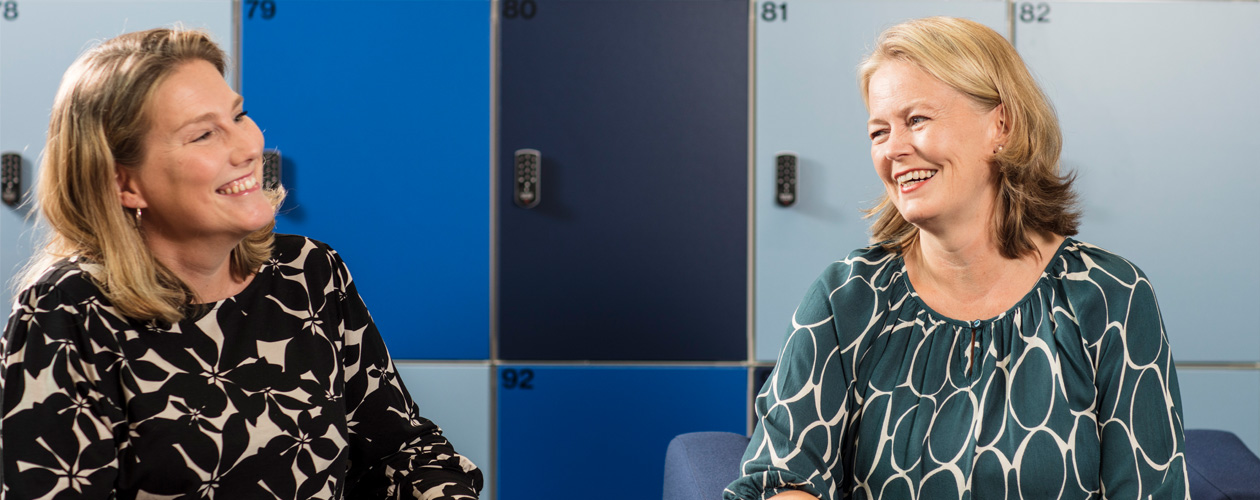Impressive tendering
In 2021, Hansel’s experts participated in arranging nearly 180 customer-specific tendering projects. In this context, customer-specific tendering refers to tendering projects other than those related to Hansel’s joint procurement that we have arranged with our customers during the year.
As part of the arrangement of customer-specific tendering, we have measured the impact gained from tendering since 2020. It is measured primarily in connection with each starting tendering by using the measuring impact model we have developed.
When new tendering begins, the project group sets and records verbal and numeric (scale of 0–2) targets for the tendering. When setting targets, five themes are to be observed from the impact perspective:
- Responsibility
- Innovativeness
- Cost savings
- Product or service quality
- Increased expertise
The numeric and verbal targets describe the level of impact and the “ambition” the tendering pursues. Examples of moderate targets include contract clauses that increase responsibility to some extent. A slightly bolder target related to increasing responsibility could be the prohibition of offering products or services that were formerly accepted (but are harmful to the environment) in future tendering. The target for reducing costs (for example, 30% of the current level) could be a significant target related to cost savings that is sought through the tendering.
The measurement (numeric or verbal assessment) is repeated after the project ends, after which the results can be compared with the targets set at the launch of the project.
In addition to individual projects, by gathering more material, our reporting starts to create a wider image of the kind of impact the customer-specific tendering has achieved. Statistically, the materials currently include 118 assessed tendering projects. Of these, 77 have ended during the monitoring period, in which case the information contains the targets and the impact assessment from the conclusion.
Impact starts to show
The material we have gathered until now displays individual tendering projects that are interesting from the different impact perspectives. By analysing all the materials, we can draw conclusions about the kind of impact customer-specific tendering usually creates. The information is specified as we gain more materials, but we can already make the following observations:
- The most typical impact targets are related to increasing competence. Responsibility is a factor that is least noticeable in the targets of customer-specific projects when measured in this manner.
- After increasing competence, the second most mentioned topic (both in setting targets and when measuring the results) was the improvement of product or service quality.
- Of the assessed projects, 56 (roughly half) contained some elements related to innovations. Of these, 11 (approx. 9%) project groups consider targets related to innovations significant.
Examples of individual verbal project assessments
Innovativeness
- The procurement target and the service provided with it contain innovative elements from the customer’s perspective that help change practices positively and improve wellbeing; the customer previously had the work done as employee hours. The practices changed after the equipment was acquired. The acquired equipment improves quality, provides reproductible results, and increases work efficiency.
Cost savings
- The tendering reduced service costs to approximately 60% of the current level. Savings in euros (also when compared with the budget) are several millions during the agreement period than in the current situation.
- The goals were exceeded. Tendering was announced at a time when the supplier had plenty of expert capacity to sell. After the tendering, the winning supplier’s price levels were very affordable. The cheap person-day prices of the agile programme development project help achieve a successful final result. Compared to the cost estimate made before tendering, the winning tender was approximately 46% cheaper.
Increased expertise
- The system’s procurement involved many matters that improved procurement skills, which the procurement unit can use in its four other procurement projects.
Product or service quality
- The quality of the procured product and the agreement terms add measurable value compared with the earlier situation; quality (repeatability of results) improves, because the device yields better results than the human eye.
Responsibility
- The procurement’s target equipment is used to test lithium batteries and solar panels in teaching, research and development operations. The equipment is used to improve the quality of panels and batteries, which will reduce the environmental load of the procurement unit.
Read next: A good number of tenders

